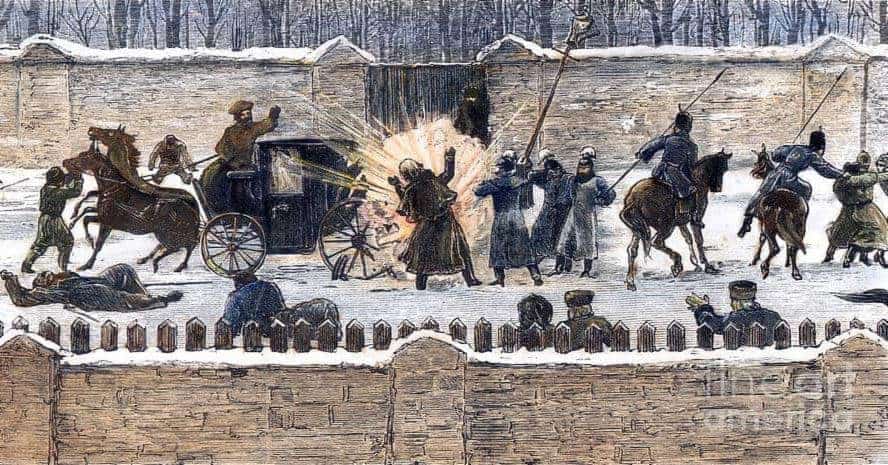Sooner or later, the Grim Reaper comes for us all. However, he does not come for us all in the same way: for some, he comes in especially remarkable ways that are as weird or spectacular as anything Hollywood can think of.
Following are ten deaths from history that are as weird as any movie.
French President’s Coitus Interrupted by Death
If a president were to ever die while having sex with a mistress, it seems fitting and right that said president be a French president. That was the case with Felix Faure (1841 – 1899), who was President of France from 1895 until his death four years later when his coitus was interrupted by a massive seizure. He basically came and went (to meet his Maker) at the same time.
A self-made man, Faure was the son of a small furniture maker. As a young man, he worked as a tanner, then became a successful and very wealthy industrialist and merchant in Le Havre. He was elected that city’s mayor, then at age 40, he was elected to the National Assembly as a member of the Left, and focused his attentions on economics, the French Navy, and railways. Faure held a series of undersecretary positions in the 1880s, and became a cabinet minister in 1894. The following year, he was unexpectedly elected president when the incumbent resigned, and Faure was chosen as a compromise candidate who had not offended anybody who mattered.
His presidency was marked by colonial expansion, a rapprochement with Russia, conflict with Britain, and the running sore of the Dreyfus Affair. He approved the French conquest of Madagascar, and exchanged state visits with Tsar Nicholas II of Russia, which eventually led to an alliance. As to Britain, France almost went to war with the British in 1898 over the Fashoda Incident – a colonial confrontation in Sudan. France was forced to back down, which diminished Faure’s popularity at home. Most salient, however, was the Dreyfus Affair, which polarized France over a Jewish officer framed by higher-ups in the French Army for treason, and unjustly convicted and imprisoned. Even after it became clear that Dreyfus was innocent and that the culprit was another officer, Faure resisted a reopening of the investigation.
Another thing that marked Faure’s presidency was the manner of its ending. Faure had a spot for the ladies, and in 1897, he met Marguerite Steinheil, a French woman who became famous for her many affairs with prominent men. President Faure was a prominent man, Steinheil soon became his mistress, and the duo frequently met and had sex in the presidential Elysee Palace.

On February 16th, 1899, Faure telephoned Steinheil, and asked her to swing by the palace later that afternoon. She arrived and was ushered into the palace’s Blue Drawing Room, where Faure awaited her. Soon thereafter, servants heard screams, and when they burst in, they found a disheveled and distraught Steinheil, with the president’s convulsed hands tangled in her hair. The President of the French Republic had suffered a fatal stroke while getting oral sex.
Naturally, the French press, political class, and public had a field day. Typical was the French daily, Gil Blas, which reported: “Felix Faure passed away in good health – indeed, from the excess of good health“. George Clemenceau quipped: “Il voulait être César, il ne fut que Pompée” – French wordplay that means “he wanted to be Caesar, but ended up as Pompey“, but since pomper is also French slang for a blow job, it carried a double meaning.

